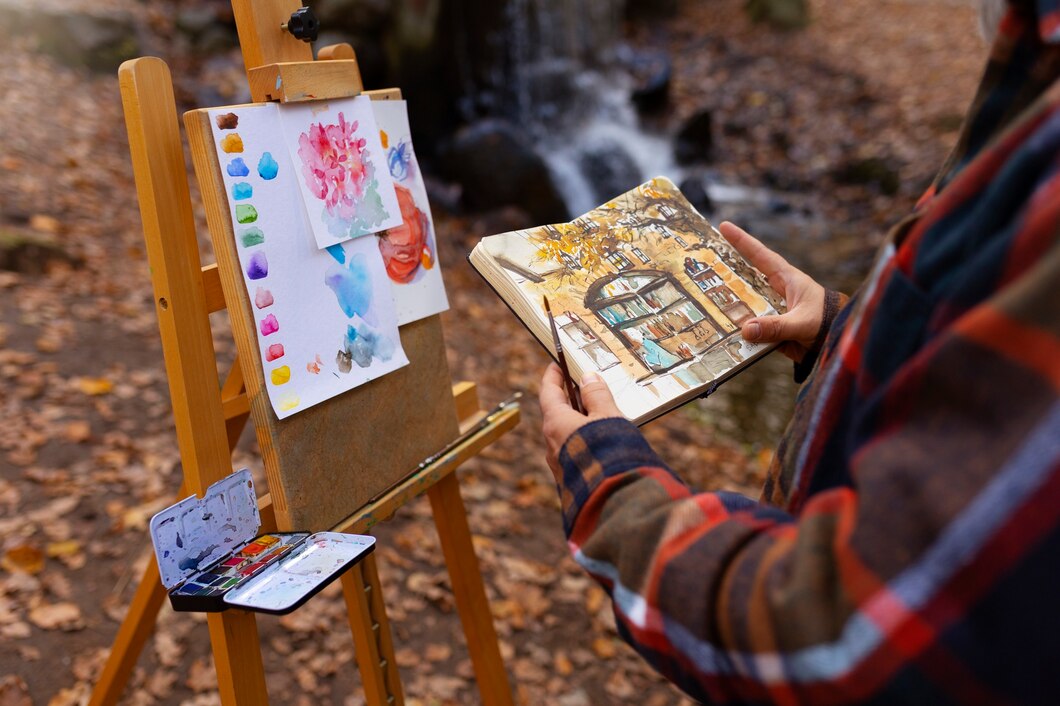Have you ever wished to own a Van Gogh or Monet masterpiece without breaking the bank? Welcome to painting reproduction. This art form lets anyone bring stunning works into their homes at a fraction of the original cost.
In this blog post, we’ll explore painting reproduction, highlighting the techniques and technologies behind it. Whether you’re an art enthusiast or a home decor lover, you’ll see how these reproductions can transform your space.
Historical Perspective on Painting Reproduction
Painting reproduction has a rich history that dates back centuries. In the past, reproductions were often created by skilled artists who meticulously copied the originals by hand. These early reproductions were typically done using traditional techniques such as oil painting, watercolor, and etching.
During the Renaissance, apprentices in workshops would create copies of their master’s works as part of their training. This not only honed their skills but also made famous pieces more accessible. Fast forward to the 19th century, the advent of lithography revolutionized the field, making fine art more widely available.
Today, the tradition continues with even greater precision and variety thanks to modern technology. However, the essence remains the same—to make art accessible to everyone.
Techniques Used in Painting Reproduction
Reproducing a painting is no simple task. It involves various techniques to ensure the final product closely resembles the original.
Hand-Painted Reproductions
One of the most respected methods is the hand-painted reproduction. Skilled artists study the original work in detail, replicating every brushstroke and color. This technique provides a sense of authenticity and captures the essence of the original piece.
Print Techniques
Giclee printing has become a popular method for high-quality reproductions. Using inkjet printers, this technique produces images with incredible detail and color accuracy. Unlike traditional prints, giclees use archival inks that resist fading over time.
Digital Replication
Digital replication combines traditional artistry with modern technology. Artists use digital tools to analyze and replicate the textures and colors of the original painting. The result is a precise reproduction that can be printed on various media, including canvas and paper. For exceptional fine art reproduction like in Salt Lake City, Utah, this technique ensures accuracy and high quality.
Modern Technologies in the Field
Technological advancements have significantly impacted the art of painting reproduction.
3D Scanning
3D scanning technology allows artists to capture every nuance of a painting, including its texture and brushstrokes. This data can then be used to create highly accurate reproductions, giving art enthusiasts a near-identical replica of the original.
Artificial Intelligence
AI has begun to play a role in painting reproduction. Algorithms can analyze and replicate the style of famous artists, producing works that are remarkably close to the originals. This technology is still in its infancy but shows great promise for the future of art reproduction.
High-Resolution Imaging
High-resolution cameras and imaging software enable artists to capture the finest details of a painting. This technology ensures that every aspect of the original work is faithfully reproduced, from the subtlest color variations to the tiniest brushstrokes.
The Process of Commissioning a Painting Reproduction
If you’re considering commissioning a painting reproduction, it’s essential to understand the process.
Choosing the Artwork
First, you’ll need to select the artwork you want to reproduce. This could be a famous masterpiece or a personal favorite. Some companies offer a catalog of available works, while others can create custom reproductions based on your specifications.
Selecting the Technique
Next, decide on the reproduction technique. Do you prefer a hand-painted piece, a giclee print, or a digital replication? Each method has its advantages and price points, so choose one that fits your needs and budget.
Finalizing Details
Once you’ve made your selections, you’ll work with the artist or company to finalize the details. This may include choosing the size, medium, and framing options. Clear communication is crucial to ensure the final product meets your expectations.
Tips for Choosing the Right Painting Reproduction for Your Space
Selecting the perfect reproduction for your home involves more than just picking a piece you like.
Consider Your Decor
Think about the style and color scheme of your room. Choose a reproduction that complements your existing decor and enhances the overall aesthetic.
Size Matters
The size of the painting is also crucial. A large reproduction can serve as a focal point, while smaller pieces can be grouped for a gallery wall effect. Consider the wall space available and choose accordingly.
Personal Connection
Finally, select a piece that resonates with you personally. Art is subjective, and your connection to the painting will make it even more meaningful in your space.
Conclusion
Painting reproductions offer a fantastic way to enjoy art without the hefty price tag. Whether you’re an art enthusiast or a home decor lover, these reproductions can bring beauty and inspiration into your life.





Be First to Comment